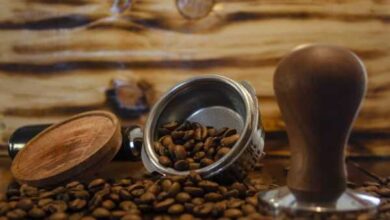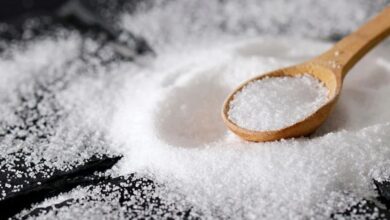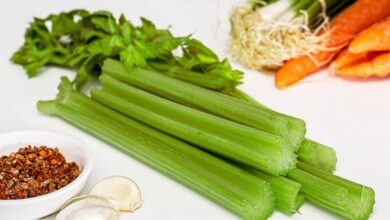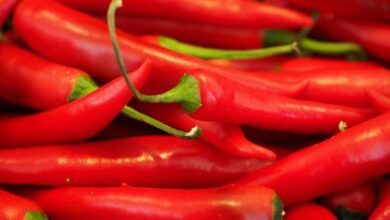Unlock the Power of Dandelions! How to Make Dandelion Tea for Health Benefits
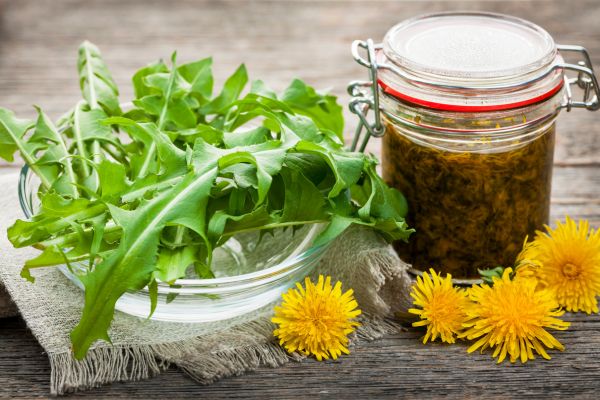
Dandelion tea, heralded for its health-boosting properties, is crafted from the Taraxacum officinale plant. This versatile herb has existed in culinary and medicinal practices for centuries [1]. This natural remedy encompasses the whole dandelion plant—from root to flower—offering a holistic approach to wellness that can be easily prepared at home or found in health stores [1][2].
Understanding how to make dandelion tea, along with recognizing the best time to drink dandelion tea, unlocks a world of benefits, including blood sugar regulation and liver health support. This article will guide you through identifying and harvesting dandelions safely, preparing them for tea, and exploring various recipes to enhance their flavor, ensuring you can harness the full potential of dandelion tea benefits at home [2][3].
Health Benefits of Dandelion Tea
1. Nutritional and Medicinal Properties
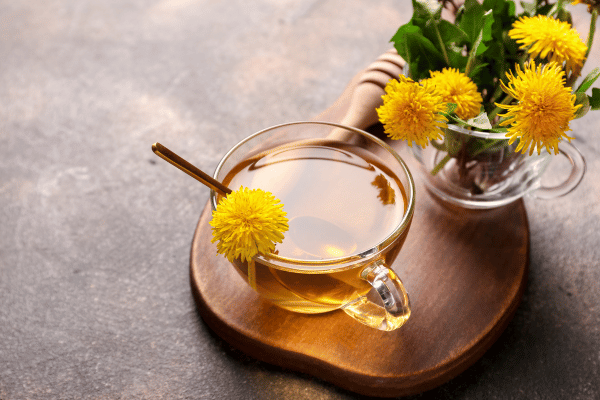
- Rich in Essential Nutrients: Dandelion tea is a powerhouse of vitamins and minerals, providing significant amounts of vitamins A, C, K, and B vitamins along with iron, calcium, magnesium, and potassium [1][11].
- Liver Health: The polysaccharides in dandelion help support liver functions by enhancing bile production and filtering harmful chemicals from food [4]. Dandelion root tea is also known for its liver-detoxifying and protective properties [2][11].
- Antioxidant Capacity: High in beta-carotene and polyphenols, dandelion tea offers strong antioxidant properties that help reduce oxidative stress and cellular damage [1][11].
2. Therapeutic Benefits
- Anti-inflammatory Effects: Dandelion tea contains several anti-inflammatory compounds, which can help reduce inflammation throughout the body [1][6].
- Cancer-Fighting Properties: Studies have shown that dandelion root extract can induce cell death in melanoma and pancreatic cancer cells, suggesting its potential in cancer treatment [2][6].
- Digestive Health: Dandelion tea is traditionally used to soothe minor digestive ailments and improve appetite. It also acts as a mild laxative to improve digestion [2][12].
3. Cardiovascular and Immune System Support
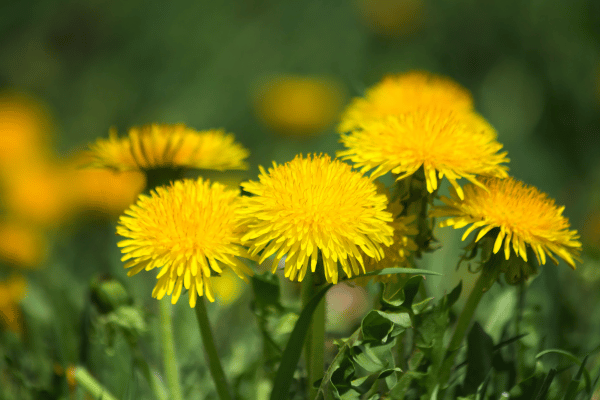
- Blood Pressure and Cholesterol Management: The potassium and other compounds in dandelion tea help manage blood pressure and cholesterol levels, contributing to overall cardiovascular health [1][11].
- Diabetes Management: Dandelion tea can improve insulin sensitivity and help regulate blood sugar levels, making it beneficial for those managing diabetes [1][3][11].
- Immune System Boost: With its antimicrobial and antiviral properties, dandelion tea strengthens the immune system and can reduce the duration of illnesses like the flu [11].
4. Additional Dandelion Tea Health Benefits
- Skin Health: The protective effects of dandelion against UV damage and its role in skin health are significant, potentially aiding in reducing signs of aging and treating skin conditions like acne [11].
- Urinary Health: As a natural diuretic, dandelion tea helps in flushing out toxins from the kidneys and bladder, and may prevent urinary tract infections when combined with herbs like uva ursi [2][11].
- Weight Management: By inhibiting pancreatic lipase, dandelion tea can prevent the body from absorbing fat from food, thus aiding in weight loss [11].
Precautions and Interactions
- Medicinal Interactions: Dandelion tea can interact with certain medications such as blood thinners and diuretics. It’s crucial to consult with a healthcare provider before starting to drink dandelion tea if you are on medication [10].
- Allergies and Sensitivities: Individuals with sensitivities to ragweed and related plants should be cautious, as dandelion tea might trigger allergic reactions [10].
- Pregnancy and Breastfeeding: There is limited research on the safety of dandelion tea during pregnancy and lactation. Consulting a healthcare provider is advised before consumption [10].
Identifying and Harvesting Dandelions
1. How to harvest dandelion for tea
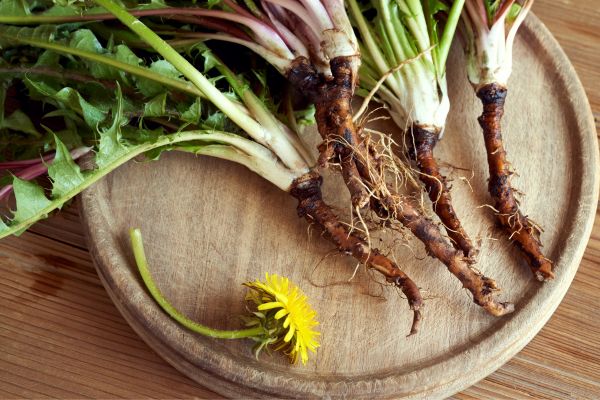
- Identify the Right Environment: Ensure dandelions are harvested from areas free of pesticides, herbicides, and other chemicals. Ideal locations include your yard or organic fields known to be chemical-free [13][15].
- Timing for Harvest: Gather dandelions during early spring or early summer when they are most tender and less bitter. This is also when they are most abundant, making it easier to collect sufficient quantities [13][15].
- Recognizing Dandelions: Look for the distinctive toothed leaves, yellow flowers, and hollow stem characteristic of dandelions. The entire plant, from flowers to roots, is edible and useful for tea-making [14].
- Harvesting Techniques: Carefully dig around the dandelion to extract the whole plant including the root, which is also used in making tea. It’s crucial to keep the plant intact for full benefits [14].
- Cleaning Process: Once harvested, wash the dandelions thoroughly to remove any soil, insects, or other debris to ensure they are clean before use in tea preparation [13].
2. Safety Tips for Gathering Dandelions
- Avoid Contaminated Areas: Do not collect dandelions from areas near roadsides or industrial zones to avoid pollutants. Also, avoid areas that are likely to have been treated with lawn chemicals [14][15].
- Check for Allergens: Be cautious if you have allergies to ragweed and related plants, as dandelions may trigger similar allergic reactions [9].
- Sustainable Foraging: Harvest responsibly by taking only what you need and leaving enough plants for natural regeneration and for the wildlife that depends on them [14].
By following these guidelines, you can safely and effectively gather dandelions for making nutritious and health-boosting dandelion tea.
HOW TO MAKE DANDELION TEA
1. How to make dandelion tea from leaves:

To prepare fresh dandelion leaves for a revitalizing cup of tea:
- Select Young Leaves: Choose six young, tender dandelion leaves, which are less bitter and more flavorful [16].
- Preparation: Cut the leaves into small pieces to increase the surface area for better infusion [16].
- Steeping: Place the cut leaves in a cup, pour boiling water over them, and allow them to steep for 5-10 minutes before straining [16].
Step-by-Step Brewing Method
Dandelion Leaf Tea Recipe
To enjoy a refreshing cup of dandelion leaf tea:
- Gather Leaves: Collect six young and tender dandelion leaves. Ensure they are fresh to maintain the flavor and benefits [10].
- Preparation: Wash the leaves thoroughly, then chop them into smaller pieces to maximize the extraction of flavors and nutrients during steeping [10].
- Steeping: Place the chopped leaves in a teacup, pour boiling water over them, and allow them to steep for 5-10 minutes. Adjust steeping time according to taste preference [10].
2. How to make dandelion tea from fresh flowers:
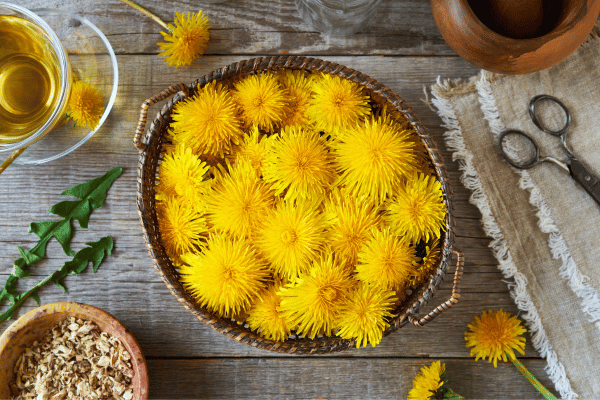
For a delicate floral tea:
- Harvest Flowers: Collect a handful of fresh dandelion flowers. Ensure they are clean and free from pesticides [16].
- Preparation: Wash the flowers thoroughly, and remove the green parts at the bottom as they can impart a bitter taste [16].
- Steeping Process: Place the flower petals in a tea ball or directly in a cup, cover with boiling water, and steep for about 20 minutes before straining [16].
Dandelion Flower Tea Recipe
Experience the subtle floral notes of dandelion flower tea:
- Collect Flowers: Pick a handful of dandelion flowers, approximately 8-10 heads [10].
- Preparation: Wash the flowers carefully and remove the green parts at the base to avoid bitterness [10].
- Steeping: Put the flower petals in a tea ball or directly in the cup, pour boiling water over them, and steep for about 20 minutes. This longer steeping time allows the delicate flavors to fully develop [10].
3. How to make dandelion tea from dandelion roots:

Roots offer a robust flavor and are commonly used for making dandelion tea:
- Harvest and Clean: Carefully dig out the dandelion roots, ensuring they are intact. Wash them thoroughly to remove any soil or debris [16].
- Drying: For future use, dandelion roots can be dried in the sun or an oven and then stored in an airtight container in a cool, dry place [10].
- Brewing: To make tea from dried roots, use 1-2 teaspoons of crushed roots per cup of boiling water, steep for 10-15 minutes, and then strain [16].
Dandelion Root Tea Recipe
For a robust and earthy tea:
- Toast Roots: Place 4½ teaspoons of dried dandelion root in a medium pot and toast over medium heat until fragrant and golden brown [10].
- Boil: Add 2 cups of water to the pot along with any additional flavorings if desired. Bring the mixture to a boil, then reduce to a simmer for 30-45 minutes to allow the flavors to concentrate [10].
- Strain and Serve: After simmering, strain the roots from the liquid. Add any optional flavorings to enhance the taste before serving [10].
How to preserve dandelions for later use:
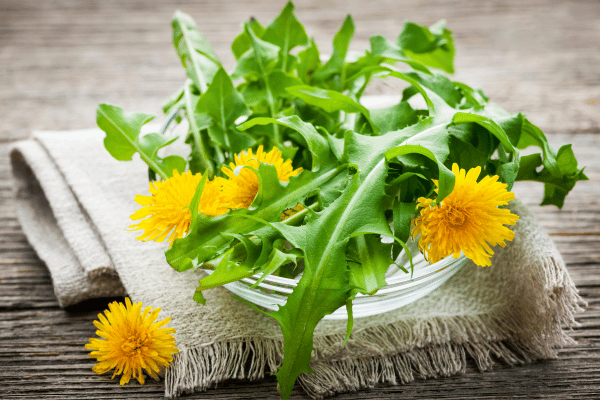
- Drying Leaves: Place fresh leaves in a food dehydrator at 135 degrees Fahrenheit until they are crispy. Crush them and store them in an airtight jar [16].
- Airtight Storage: Keep dried dandelion parts in a glass jar away from moisture and light to prevent bacterial growth and maintain potency [16].
By following these steps, you can prepare various forms of dandelion tea, each offering unique flavors and health benefits. Whether using leaves, flowers, or roots, each part of the dandelion plant contributes to a nutritious and healthful tea experience.
Dandelion Coffee Alternative
Create a coffee substitute using dandelion roots:
- Roasting: Roast the dandelion roots in an oven or pan until they are dry and brittle [10].
- Grind: Once roasted, grind the roots into a fine powder [10].
- Brewing: Simmer the ground dandelion root in boiling water for about 20 minutes. This brewing method mimics traditional coffee brewing, offering a similar taste and color [2][10].
Conclusion
Embrace the Dandelion: A Natural Path to Wellness
Dandelion tea is a simple yet powerful way to incorporate nature’s bounty into your daily routine. With its abundance of vitamins, minerals, and antioxidants, dandelion tea offers a natural approach to supporting your overall health and well-being. So, venture outdoors, harvest some dandelions, and embark on a journey of wellness with this delightful cup of sunshine!
FAQs
1. How is dandelion prepared for health purposes?
Dandelions have been used for their medicinal properties since the times of Native American cultures, who would boil the plant in water to create dandelion tea. This tea has been traditionally used to support kidney, liver, and gallbladder health. Additionally, Traditional Chinese Medicine has utilized dandelion to address stomach issues and even appendicitis.
2. What is the process for making medicinal dandelion tea?
To prepare medicinal dandelion tea, gather the plant’s leaves, flowers, or roots. The most commonly used part is the root. Boil the chosen part in water to extract its health-promoting properties. The resulting tea can be consumed for its various benefits.
3. What are the benefits of daily consumption of dandelion tea?
Drinking dandelion tea daily can offer significant health benefits due to its high content of vitamins A and C, which help boost the immune system and promote healthy cell growth. Regular intake can also improve eyesight and reduce the signs of aging.
4. Which part of the dandelion should be used to make tea?
Dandelion tea can be made from any part of the plant, including the leaves, flowers, and roots. However, the roots are most commonly used for brewing tea. Tea made from the flowers is generally more delicate and sweet, whereas tea from the roots or leaves may have a stronger, more robust flavor.
